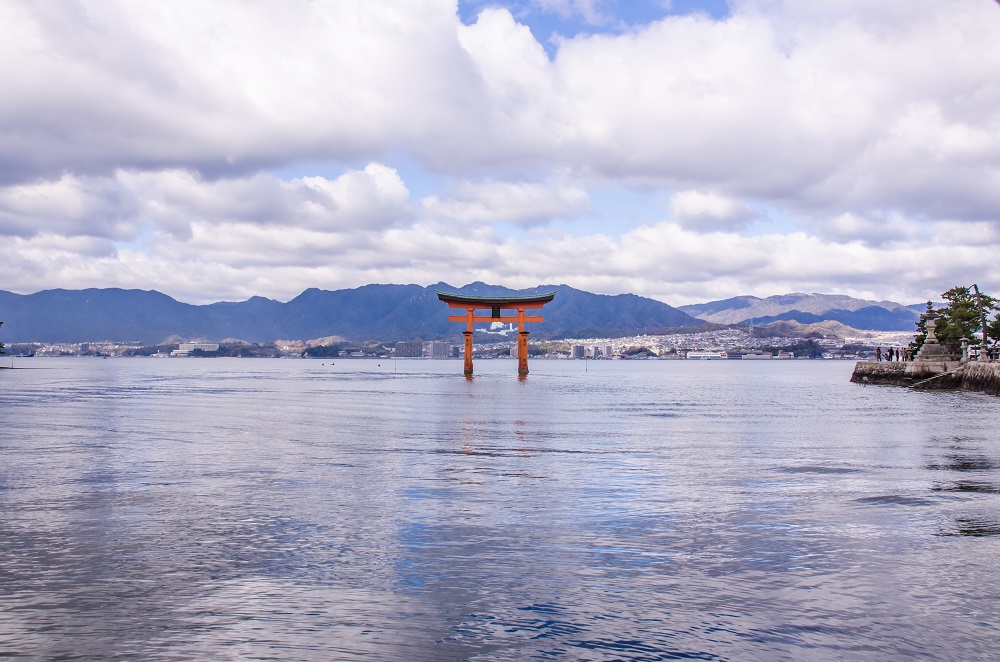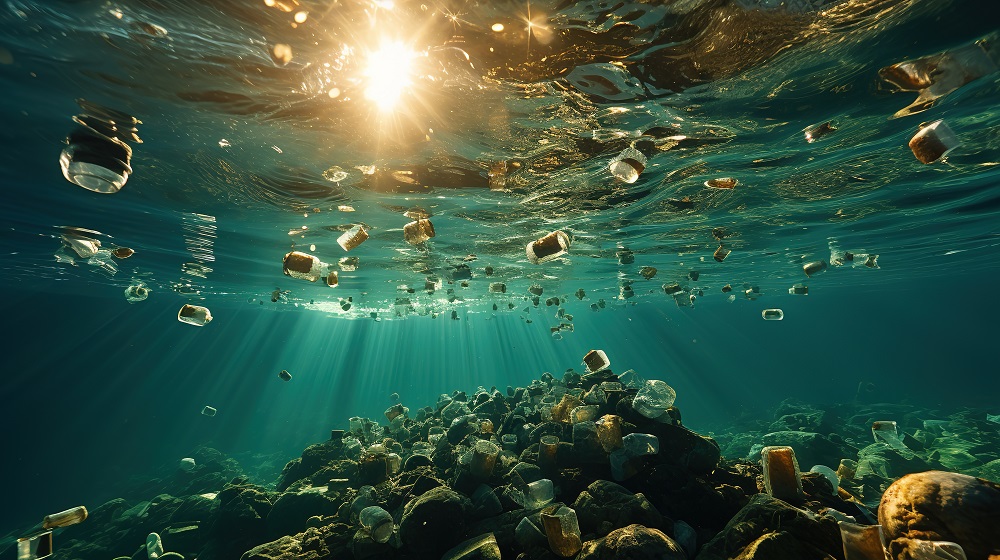This is one chapter of The Invisible Wave, Back to Blue’s recent report on marine chemical pollution
Scientists suspect that the toll that chemicals exact on the marine environment and the wildlife that inhabits it is far higher than is currently known, to say nothing of its impact on humans. A comprehensive 2020 study found that more than 350,000 chemicals and mixtures of chemicals have been registered for production and use—threefold a previous estimate—and that the identities of about 120,000 of these are publicly unknown because industry claims they are confidential or because they are described ambiguously.

The need to fill the array of global knowledge gaps is one that the United Nations Environment Programme (UNEP) highlighted in its 2019 Global Chemicals Outlook report—one of ten key areas it identified as important for the world to tackle to minimise the adverse effects of chemicals and waste. UNEP says that more attention is needed to determine how mixtures of chemicals affect the environment—including the marine environment.
This makes drafting a list of the ocean chemical pollutants of greatest concern a significant challenge. We know so little (and in many cases nothing) about most man-made chemicals. Very few of these have been tested for their potential to harm humans, to say nothing of the damage they do to the environment. A recent 20-year study that examined more than 130,000 scientific papers found that just 65 chemicals were the subject of more than half of those papers. The vast majority remain understudied. We know very little about the chemicals in use, let alone about their impact on the ocean.
This excerpt of The Invisible Wave outlines the key chemicals and chemical groups of greatest concern when it comes to marine chemical pollution, looking at each group’s known causes and impacts.
Want to learn more? Download the Ocean chemical pollutants of major concern chapter of The Invisible Wave, Back to Blue’s recent report on marine chemical pollution.
Marine Chemical Pollution
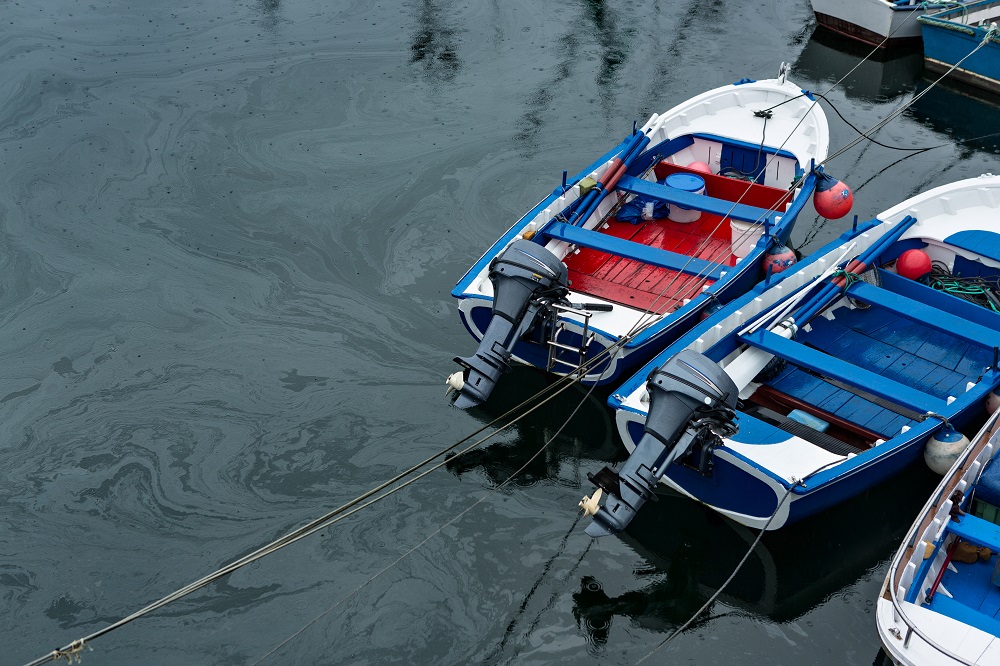
Gateway to the ocean: a call for greater collaboration on marine pollution
Reading time: 8mins

From risk to reward: investments for a circular plastics economy
Reading time: 10mins
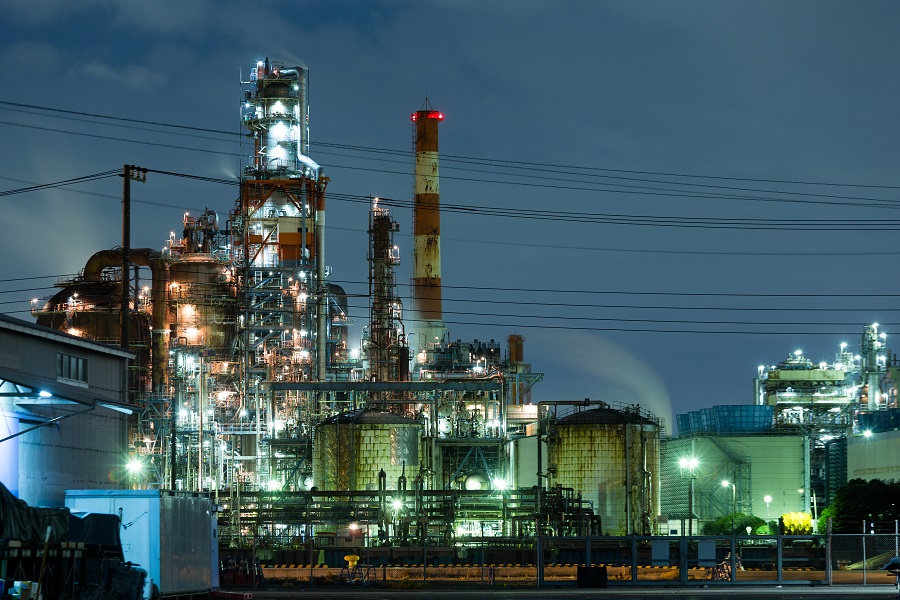
Lessons from Minamata: Japan’s chemical past and ambiguous future
Reading time: 8mins
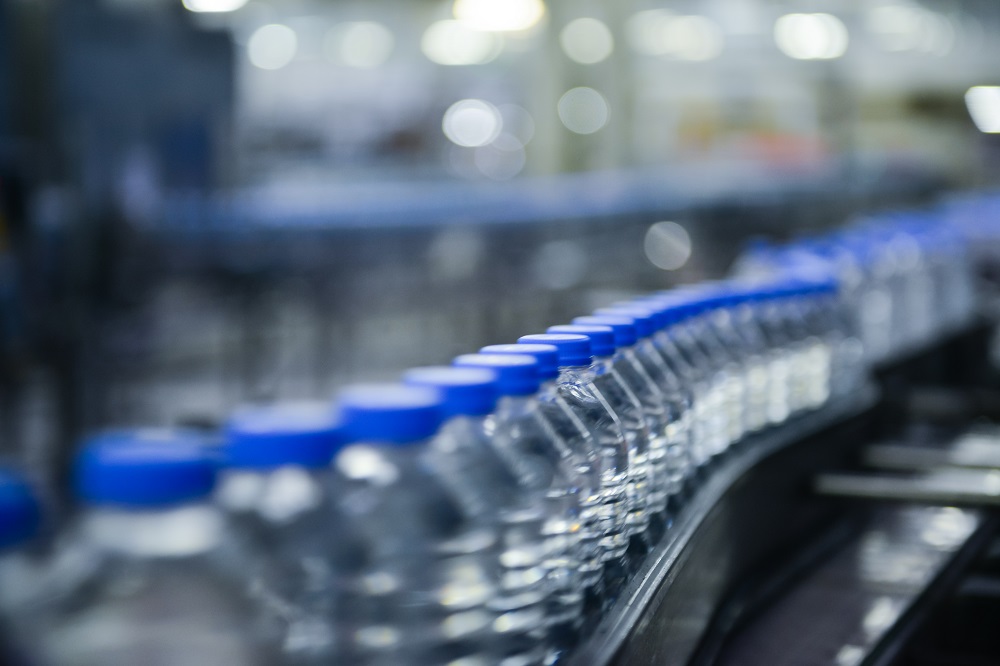
A treaty of true cost: recalibrating the economics of the plastics industry
Reading time: 10mins
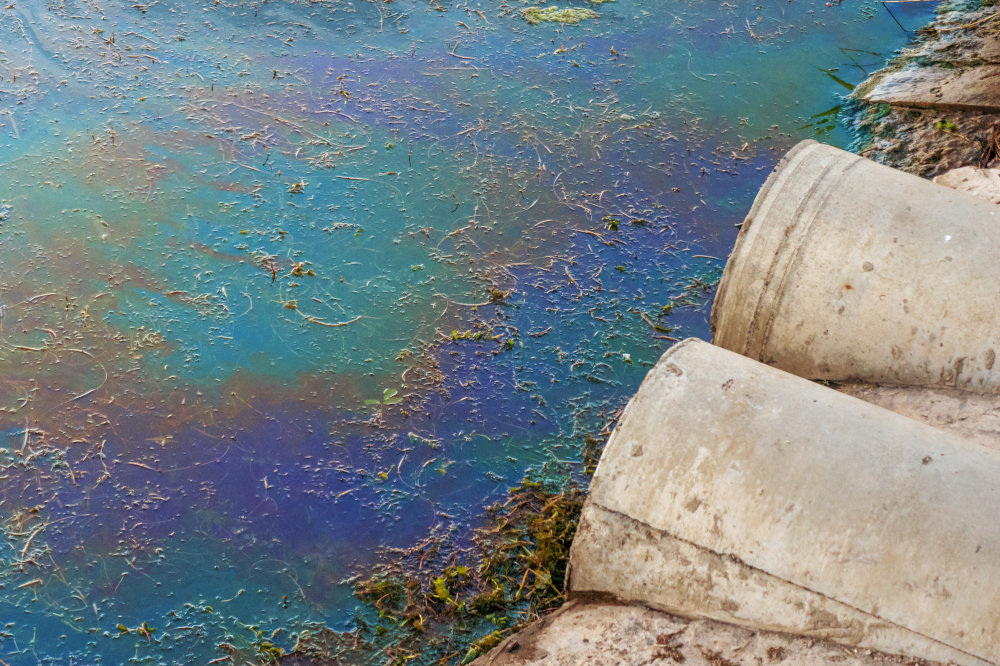
Where does marine chemical pollution come from?
Reading time: 1.5mins

Bankers of the world, unite (to end marine pollution)
Reading time: 3.5mins
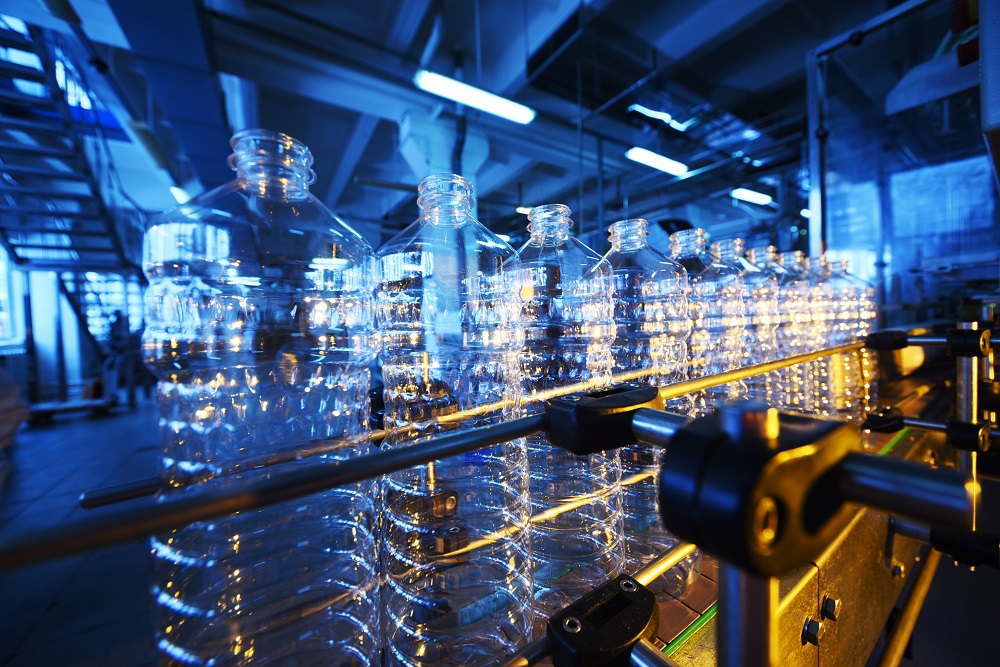
A long and winding road: chemicals and the plastics value chain
Reading time: 10mins
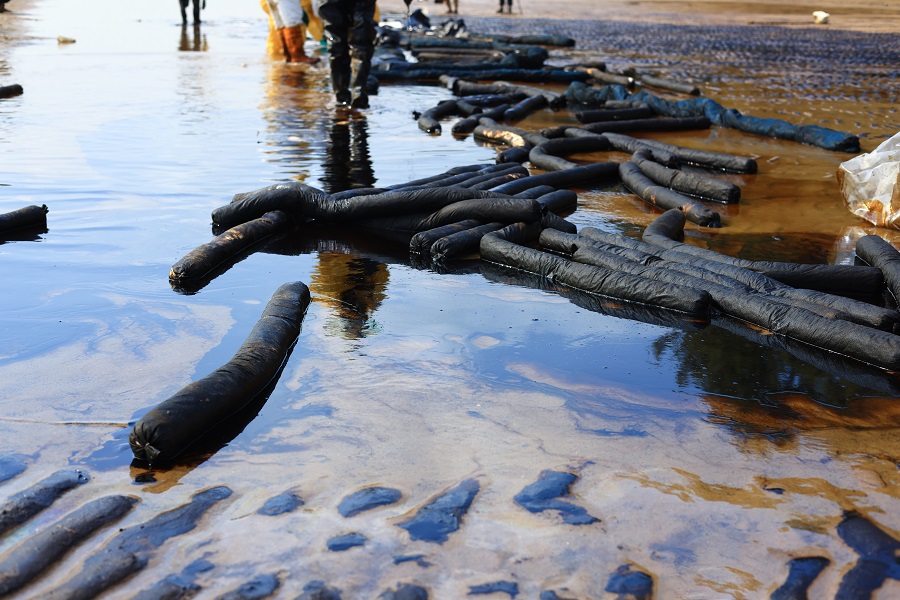
Policy innovations to address marine pollution
Reading time: 3mins
videos
THANK YOU
Thank you for your interest in Back to Blue, please feel free to explore our content.
CONTACT THE BACK TO BLUE TEAM
If you would like to co-design the Back to Blue roadmap or have feedback on content, events, editorial or media-related feedback, please fill out the form below. Thank you.
Back to Blue is an initiative of Economist Impact and The Nippon Foundation, two organisations that share a common understanding of the need to improve evidence-based approaches and solutions to the pressing issues faced by the ocean, and to restoring ocean health and promoting sustainability











